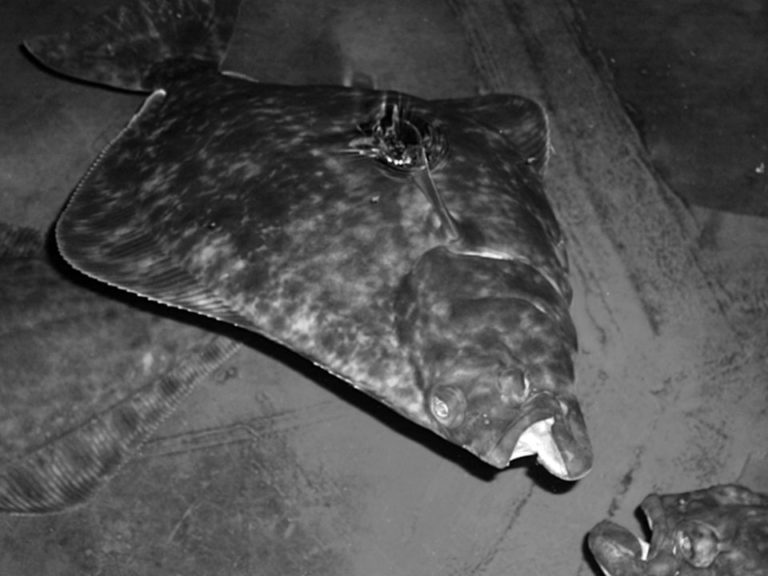
Responsibility
GIFT tilapia raise culture efficiency in Sri Lanka
The wide distribution and ongoing improvement of GIFT tilapia in Sri Lanka is raising living standards and employment for women in rural areas.
Health & Welfare
With a hatchery system that involves collection of eggs and larvae, and hormonal sex reversal, it is possible to produce billions of monosex tilapia (all-male) fry to satisfy demand and accelerate aquaculture development.

Responsibility
The wide distribution and ongoing improvement of GIFT tilapia in Sri Lanka is raising living standards and employment for women in rural areas.

Health & Welfare
Cobia is a top emerging candidate for tropical and subtropical marine fish aquaculture. The University of Miami Experimental Hatchery has led ongoing research to advance the viability of raising hatchery-reared cobia.

Health & Welfare
A study in Brazil found that the growth superiority brought about by within-family selection of tested shrimp transmitted to the next generation of animals.

Health & Welfare
Although many companies avoid the costs associated with setting up proactive disease management infrastructure, failure to do so can result in losses that far outweigh the costs.

Health & Welfare
While Asia’s more extensive approaches for cobia larviculture are effective, more intensive methods are used in the Americas. Most facilities still rely heavily upon wild-capture broodstock.

Health & Welfare
With high value in U.S. markets and its overfished status, red porgy appears to be a viable candidate for aquaculture in North America.

Health & Welfare
The Atlantic Cod Genomics and Broodstock Development Project has expanded the gene-related resources for the species in Canada.

Health & Welfare
Experiences with newly domesticated shrimp species in Australia underscore the importance of understanding the species' biological requirements.

Health & Welfare
Broodstock selection programs for Atlantic halibut identify top first-generation performers to develop a strain best suited to aquaculture conditions.